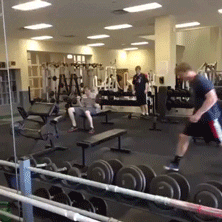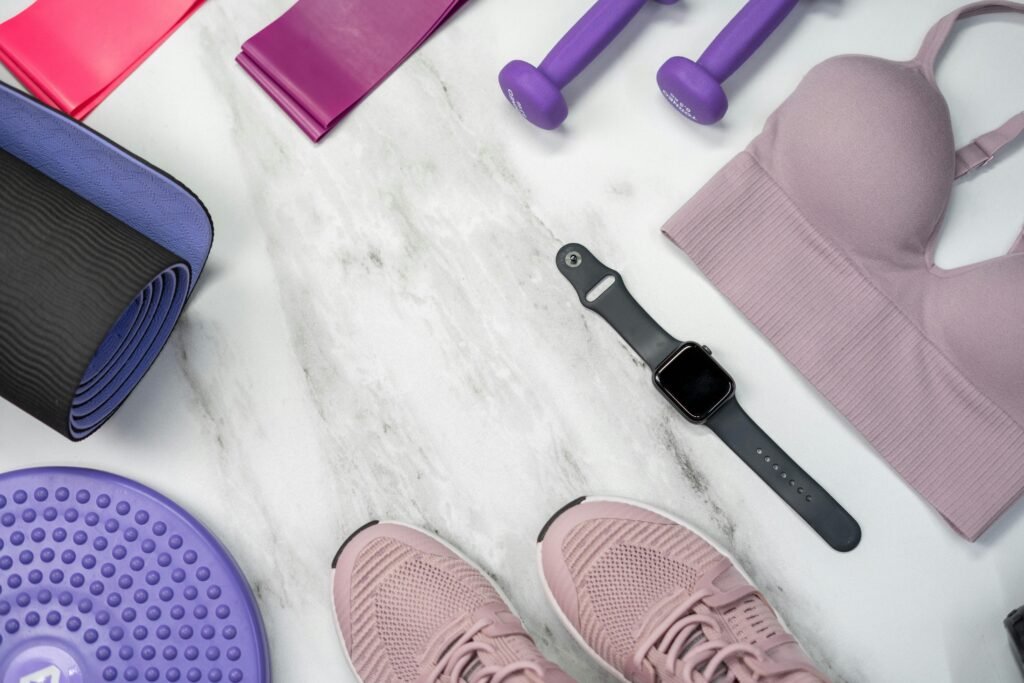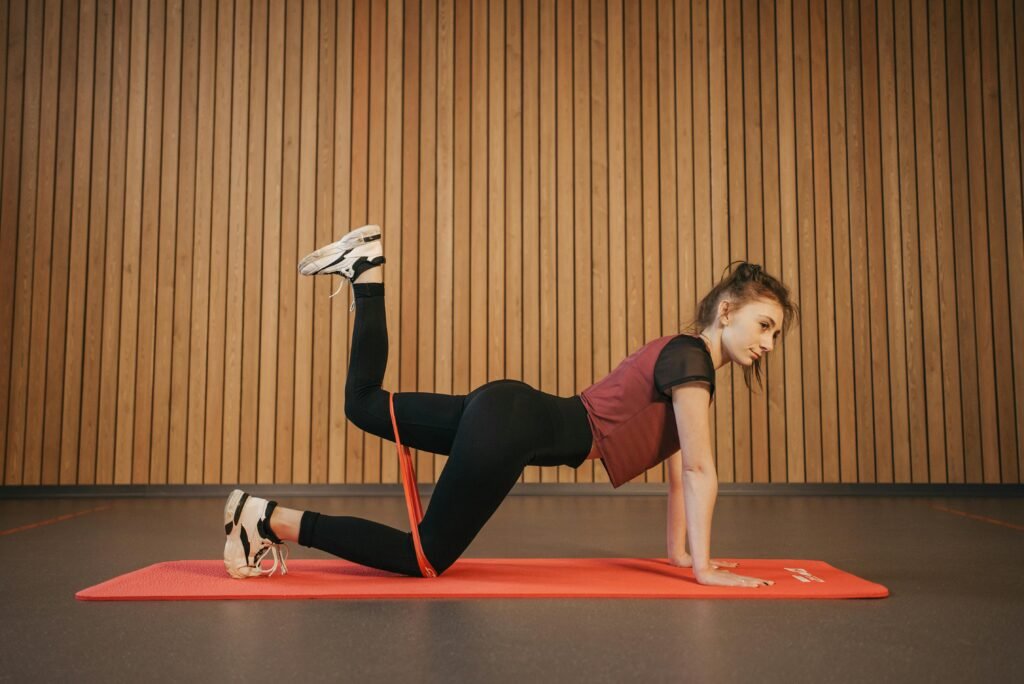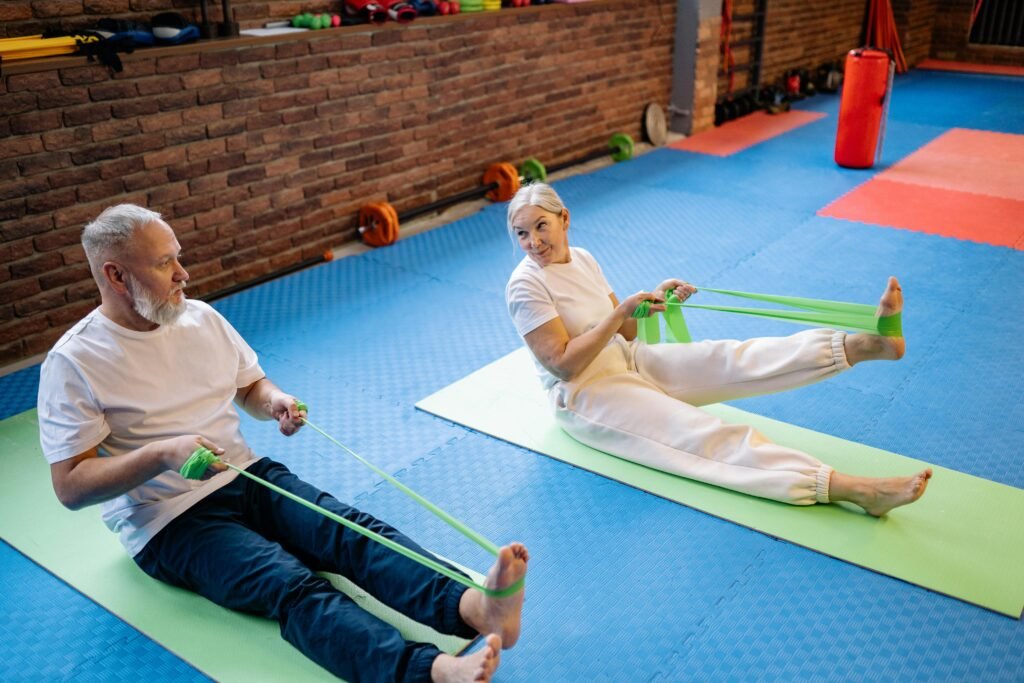Hello everyone, this is joy sports fitness. Whether it’s for a healthier lifestyle or to achieve a more toned physique, I’ve noticed that many young women are beginning to pay attention to fitness. However, when it comes to actually starting, many find themselves at a loss on how to proceed. A considerable number of people remain stuck in the “I’ve read numerous books and scrolled through countless videos but still struggle to get my fitness journey off the ground” phase.
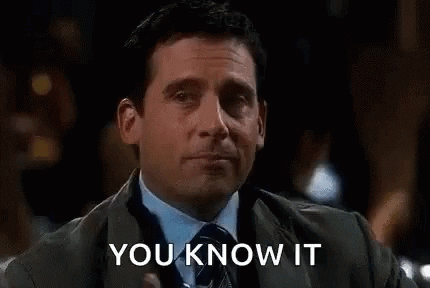
So today, drawing from the experiences of some friends around me who have managed to stick with their exercise routines, I want to share some insights on how to systematically start your fitness journey. This guide is primarily aimed at complete beginners or those who tend to give up halfway, hoping to help you kickstart your efforts and make them more sustainable. Fitness enthusiasts and experts might not find much new here, as they’ve already surpassed this stage.
How to Start Exercising
When discussing how to begin exercising, two common issues arise:
- As a beginner, you’re unaware of the different types of fitness methods.
- You may know some theories and techniques, maybe even tried them, but struggle to keep going.
Some may have studied tutorials or books, mastering all the technical details like 8 exercises targeting the biceps, the technique points of high-bar squats, or the heart rate range that supposedly burns fat most effectively. But these specific pieces of knowledge can be dry, and whether you’re aiming to build muscle or lose fat, results don’t come overnight.
Naturally, when something is both dull and doesn’t show immediate effects, it’s easy to abandon it. For novices, getting started and persisting is crucial before gradually finding a suitable training method and plan.
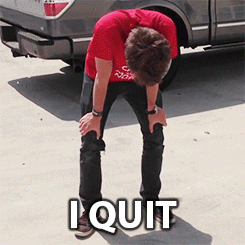
First, Clarify Your Fitness Goals
The most common fitness goals usually revolve around fat loss and body shaping (muscle gain), corresponding to aerobic and anaerobic exercises. If your aim is to burn calories consumed from meals within a unit of time, improve cardiovascular health, or reduce body fat percentage, then aerobic activities better meet these needs. Aerobic exercises include jogging, swimming, aerobics, elliptical machines, cycling, HIIT workouts, among others. If you aspire to become stronger, have a more defined physique, or tighter skin, then strength training focused on anaerobic exercises would be more appropriate. In reality, the line between aerobic and anaerobic isn’t always clear-cut; sometimes they overlap.
Therefore, based on your fitness objectives, identify your primary focus area and choose where to start accordingly.
Don’t Feel Pressured, Begin with Something You Enjoy
Many understand their fitness goals and know which type of exercise—whether aerobic or anaerobic—they should prioritize. Yet, they often find it hard to maintain consistency. The key isn’t forcing yourself to persevere because, as the saying goes, forced fruits aren’t sweet.

For us regular folks, who are already exhausted from school or work, although working out can also be tiring and make one question why we spend money and time seeking discomfort, it’s important to do what you enjoy. For example, if you prefer aerobic exercises, there are plenty of options: running, climbing stairs, home-based workouts following apps or videos such as yoga or HIIT, gym equipment like ellipticals or rowing machines, fitness video games like Ring Fit Adventure on Switch, and group classes developed by professional teams, such as Les Mills or Insanity, as well as workout videos shared by influencers like Pamela Reif.
Whether it’s a particular sport or influencer you fancy, try various options, discard what you dislike, and eventually, you’ll find what suits you best. Just like Procrastinator once showed interest in dance but realized he didn’t want to spend excessive time practicing isolations and waves, he now frequently attends BodyCombat classes accompanied by good music.
Once you discover an enjoyable activity, you’ll naturally desire to improve, thus seeking ways to enhance your performance in that specific field.
The Simplest Direct Entry Method: Hire a Personal Trainer
If financially feasible, the quickest way to progress in fitness is hiring an excellent coach for personalized guidance—a case of leveraging financial resources. The trainer will first understand your needs—be it muscle building, fat loss, cardiovascular improvement, posture correction, or learning specialized skills like street dancing, boxing, or aerial yoga—and then tailor a program according to your individual circumstances. Some fitness centers offer boot camps or small group classes where instructors can still provide adequate attention despite not being one-on-one, offering more affordable rates than private lessons.

Of course, having a personal trainer isn’t essential for fitness; self-exploration works too. However, for rapid entry into a particular sport or to potentially avoid common pitfalls, professional guidance offers significant benefits.
Ready to Enhance Performance? Specialized Training Begins Here
For most sports, achieving optimal performance requires a certain level of core strength and stability. Without understanding the context, merely doing planks, crunches, or anti-rotation drills daily could seem tedious and unclear about their purpose. But after sticking with a preferred form of exercise for a while, many realize they want to improve, like perfecting dance moves or increasing speed and stability in combat sports. At this point, under a teacher or coach’s guidance, you’ll recognize the need for additional core training to boost performance. With clearer goals, training becomes less monotonous, more targeted, and efficient—an awareness gained throughout your fitness journey.
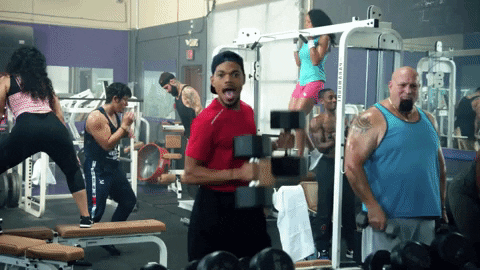
So, there’s no need to worry about losing track of strength training if you’re interested in dance. If you genuinely love dancing and wish to excel, you’ll likely add specialized strength training to your routine.
Some Concerns You Might Have
Let’s address a few common questions beginners often have regarding fitness. Reading these carefully can help prevent giving up halfway.
Is More Exercise Always Better? The Higher the Frequency, the Better?
No, it’s important to progress gradually rather than pushing too hard or too fast. While ensuring sufficient exercise time and intensity is crucial for achieving fitness goals, it’s not advisable to start with extreme workouts right away. Beginners should begin with low-intensity exercises and progressively increase the difficulty as they adapt.
Setting unrealistic goals, such as planning to run 10 kilometers and lift 50 kg immediately after having no prior exercise routine, can lead to quitting early. Moreover, rushing into fitness can negatively impact your health. For example, some individuals may experience menstrual irregularities from following rapid weight loss programs, while others might injure their back, knees, or shoulders by lifting heavy weights without mastering proper techniques.
Should I Do Both Aerobic and Anaerobic Exercises?
Depending on your fitness goals and needs, you can focus more on aerobic or anaerobic exercises, but ideally, incorporating both is beneficial. Some might wonder why they need strength training if their goal is fat loss. Strength training increases muscle mass, which boosts your basal metabolic rate, aiding in fat loss. Similarly, aerobic exercises improve muscle endurance, benefiting anaerobic activities.
Can I Target Fat Loss in Specific Areas?
Unfortunately, there is no method for spot reduction. Genetics largely determine where you lose fat first. If someone loses fat primarily from their legs, it doesn’t mean they have a special technique; it’s just how their body responds. Different types of breast tissue (fatty vs. glandular) can also influence perceived changes during weight loss. While targeted strength training can enhance muscle definition and tone in specific areas, it won’t directly reduce fat in those spots.
Will I Accidentally Become a ‘Muscle Person’?
Building significant muscle mass, especially for women, is challenging due to hormonal differences. Unless you put in extraordinary effort, follow the correct methods, and pay close attention to diet and supplements, you won’t easily become overly muscular. So, don’t worry about accidentally turning into a bodybuilder.
Should I Stop Training If My Muscles Feel Sore After Exercise?
It’s normal to feel sore after exercising, especially if you haven’t worked out in a while. This discomfort typically subsides within 3-5 days. As long as you’re not experiencing excessive pain or fatigue, it’s safe to continue. Your body can adapt to the current level of activity.
Can I Exercise During Menstruation?
Whether you can exercise during menstruation depends on individual symptoms. If your period symptoms are mild, you can continue exercising but avoid high-intensity activities that strain the abdomen, like crunches. If you suffer from severe cramps or heavy bleeding, it’s okay to take a break. Resting can sometimes be more beneficial for overall fitness.
I Understand the Theory, But What Specific Exercises Do You Recommend?
You can find enjoyable activities through fitness books, apps, or workout videos by influencers. Nike Training Club is an excellent app offering personalized training plans based on user data, along with beginner-friendly videos. Similar apps include Fitbit and Xiaomi Sports. For reading materials, “Hardcore Fitness” is a great book for beginners to learn the basics.
By starting with what you enjoy and progressing at your own pace, you’ll be more likely to stick with your fitness journey and achieve lasting results.
